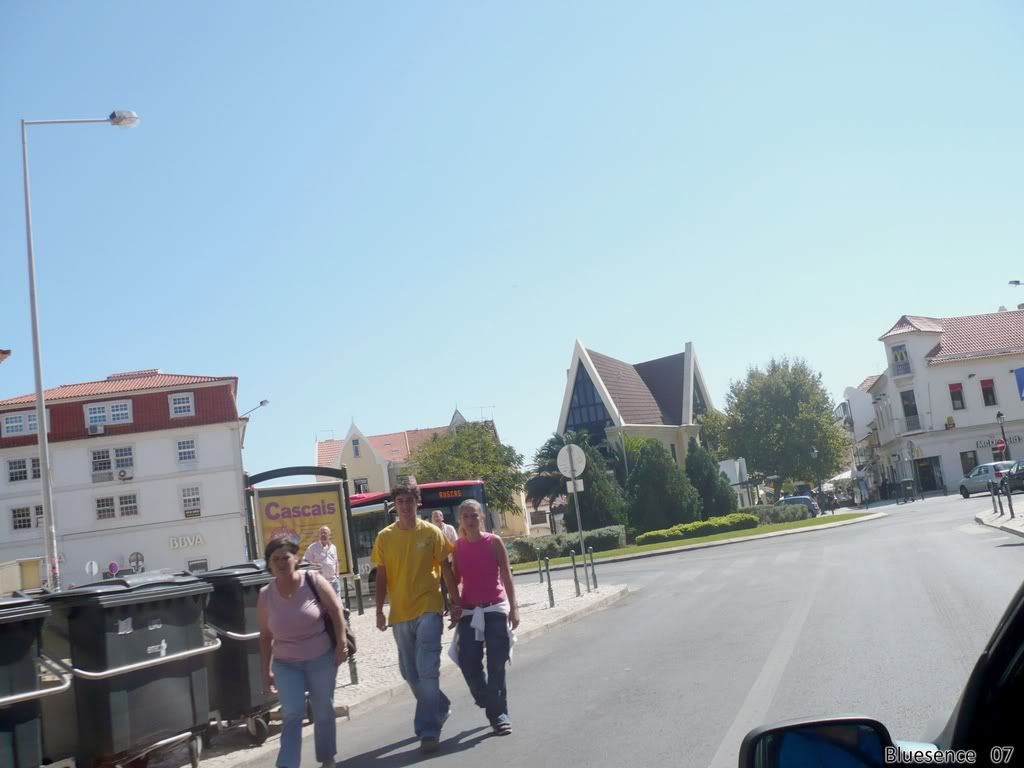-Метки
360 Germany NYC Thailand argentina australia austria barcelona belgium berlin boston brazil budapest bulgaria canada capital chicago china city copenhagen country czech republic dallas denmark detroit england france hamburg hong kong houston hungary italy japan kuala lumpur lisbon london los angeles madrid malaysia marseille melbourne miami moscow munich nethderlands netherlands new york new york nice nyc - manhattan paris philadelphia photo collection poland portugal prague rome rotterdam russia san francisco seattle shanghai singapore spain st. petersburg stockholm sweden switzerland sydney taiwan turkey uk usa vancouver video vienna washington world zurich справка
-Музыка
- ~Мантра любви~
- Слушали: 38112 Комментарии: 3
-Я - фотограф
The Festival of San Fermin, 2010
-Поиск по дневнику
-Подписка по e-mail
-Статистика
Baltimore . DC |
|
Метки: baltimore usa |
Понравилось: 1 пользователю
Washington D.C. The Best Photos |
|
Метки: washington d.c. usa |
Понравилось: 1 пользователю
All Attractions on The Walt Disney World , Florida , USA |
|
Метки: florida usa |
Процитировано 1 раз
Понравилось: 1 пользователю
Lisboa , Partugal - Passeio Marítimo e Porto de Abrigo de Oeiras |
|
Метки: lisbon partugal |
Fotos de Cascais , Partugal |
|
Метки: cascais portugal |
Prague , Czech republic. |
|
Метки: prague czech republic. |
Mountain village - Vlkolinec |
Situated between Ruzomberok and Banska Bystrica Vlkolinec is one of the best examples of traditional rustical architecture of its kind in the region. Some houses are used as cottages (weekend houses), some are still settled by aborigines. There are many open air museums in Slovakia. But even if some villages preserved their architecture, this is the most compact unit. Listed on UNESCO world heritage list there are 45 homes which are mostly inhabited. The settlement is composed of typical hand hewn timber houses. On narrow parcels of land, there are buildings that merge with gardens to form the well preserved system of terraced fields you see all around the settlement. Buildings are arranged in rows; each beginning with a dwelling house, followed by the cowshed and stables and a barn at the end of the yard. The present population of Vlkolinec reaches 20. In the village there is also a museum - Farmer´s house featuring the original dwelling, and the information centre.

Читать далее

Читать далее
|
Метки: vlkolinec slovakia |
Prague , Czech republic. |
|
Метки: prague czech republic. |
Telc, Czech republic - UNESCO heritage |
Telc lies at the midpoint of the old King's route from Vienna to Prague. It is the best preserved Renaissance town north of the Alps and was recently added to the UNESCO list of international heritage sights.
Pictures presented under the rules of www.telc.cz

Читать далее
Pictures presented under the rules of www.telc.cz

Читать далее
|
Метки: telc czech republic |
Sweden - Castles, Fortresses, Palaces and Ruins |
|
Метки: sweden country |
French Castle - Bastille |
|
Метки: france country |
Понравилось: 1 пользователю
Romania - Castles, Fortresses, Palaces and Ruins. |
|
Метки: romania country Europe |
Serbian and other europeans fortresses |
|
Метки: serbia country |
Понравилось: 1 пользователю
Croatia - Palaces, castles, fortresses |
Medvedgrad,Zagreb
Medvedgrad the old town (fort, fortification) was built in the 13th Century (1249th-1254th years) after the Tartar invasion (1242) on the hill Plazur Mali,on southwest slope Medvednica at an altitude of 593 m. It was one of the largest castles in Croatia at that time.The fortification was built 1250th by Bishop Philip on the slopes Medvednica. The purpose of it was the defense of the Episcopal Cathedral Chapter and the property. Around the 1260th King Bela IV. entrusted the fort to prince Stjepko Subic, and later it was given to the Croatian government bans.

Читать далее
Medvedgrad the old town (fort, fortification) was built in the 13th Century (1249th-1254th years) after the Tartar invasion (1242) on the hill Plazur Mali,on southwest slope Medvednica at an altitude of 593 m. It was one of the largest castles in Croatia at that time.The fortification was built 1250th by Bishop Philip on the slopes Medvednica. The purpose of it was the defense of the Episcopal Cathedral Chapter and the property. Around the 1260th King Bela IV. entrusted the fort to prince Stjepko Subic, and later it was given to the Croatian government bans.

Читать далее
|
Метки: croatia country |
Croatia - Palaces, castles, fortresses |
|
Метки: croatia country |































